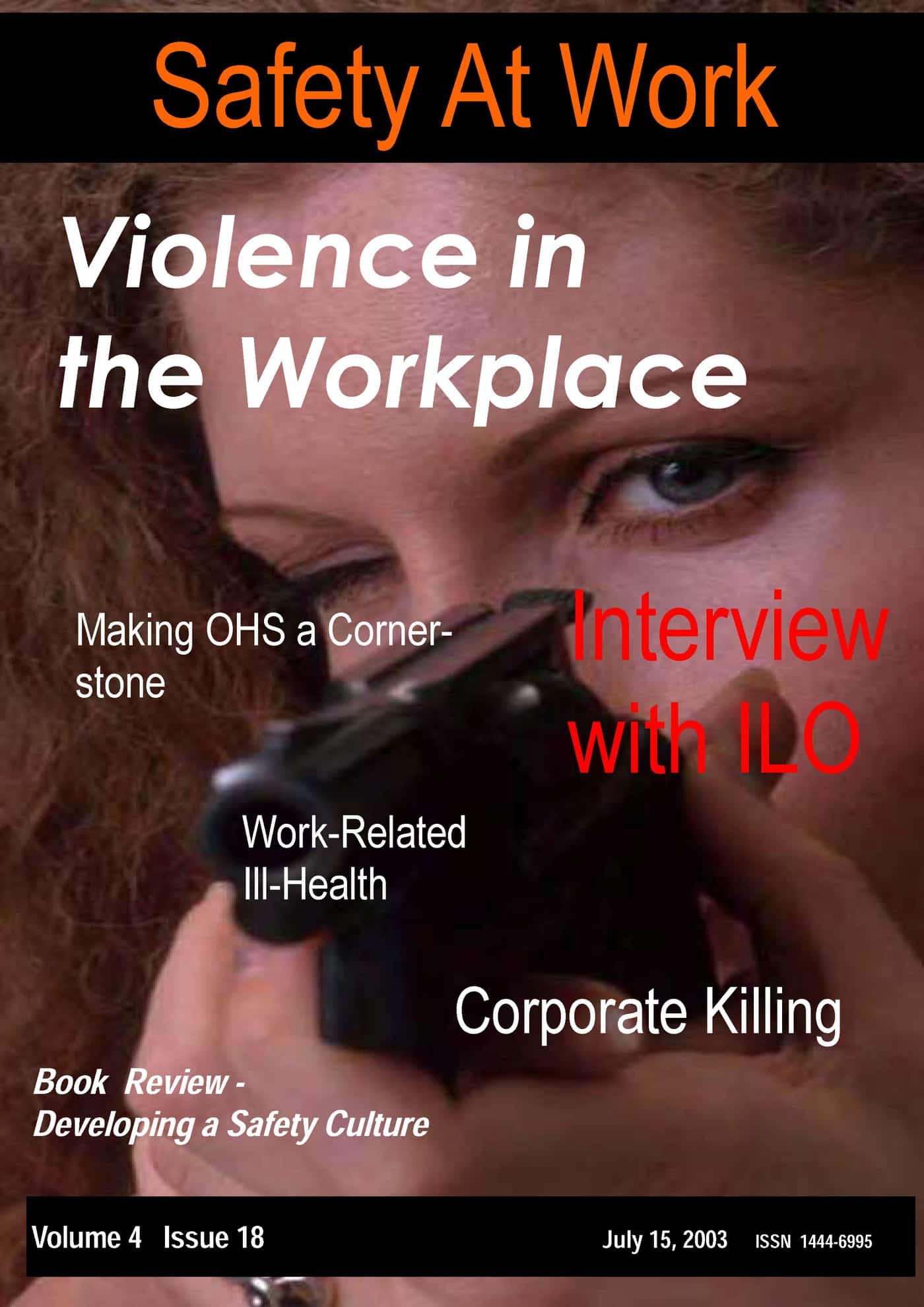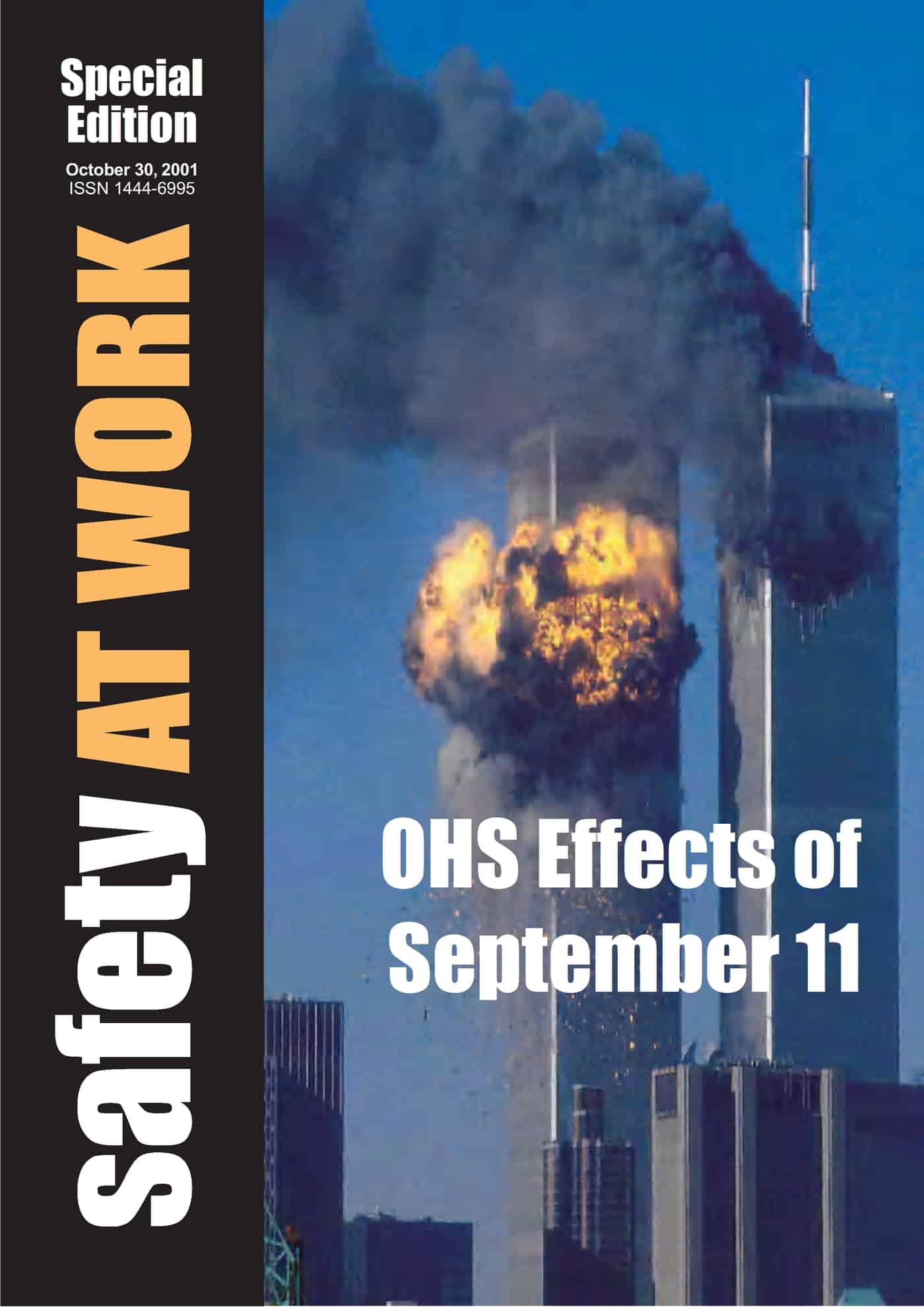As many will have noticed, I have been resurrecting some of the podcasts and interviews from several years ago and making them available, alongside new content, on SafetyAtWorkBlog. Many of the old podcasts were available through iTunes at the time but that was before this blog and the multimedia options it presents.
Just as this blog has an RSS feed so do the podcasts. If you want to subscribe to the audio through your media player, some of them allow this and the relevant feed is http://safetyatworkblog.wordpress.com/tag/audio/feed
Some of the podcast content may only have historical interest but I believe it is better to have this available universally on line than sitting in my archive.


